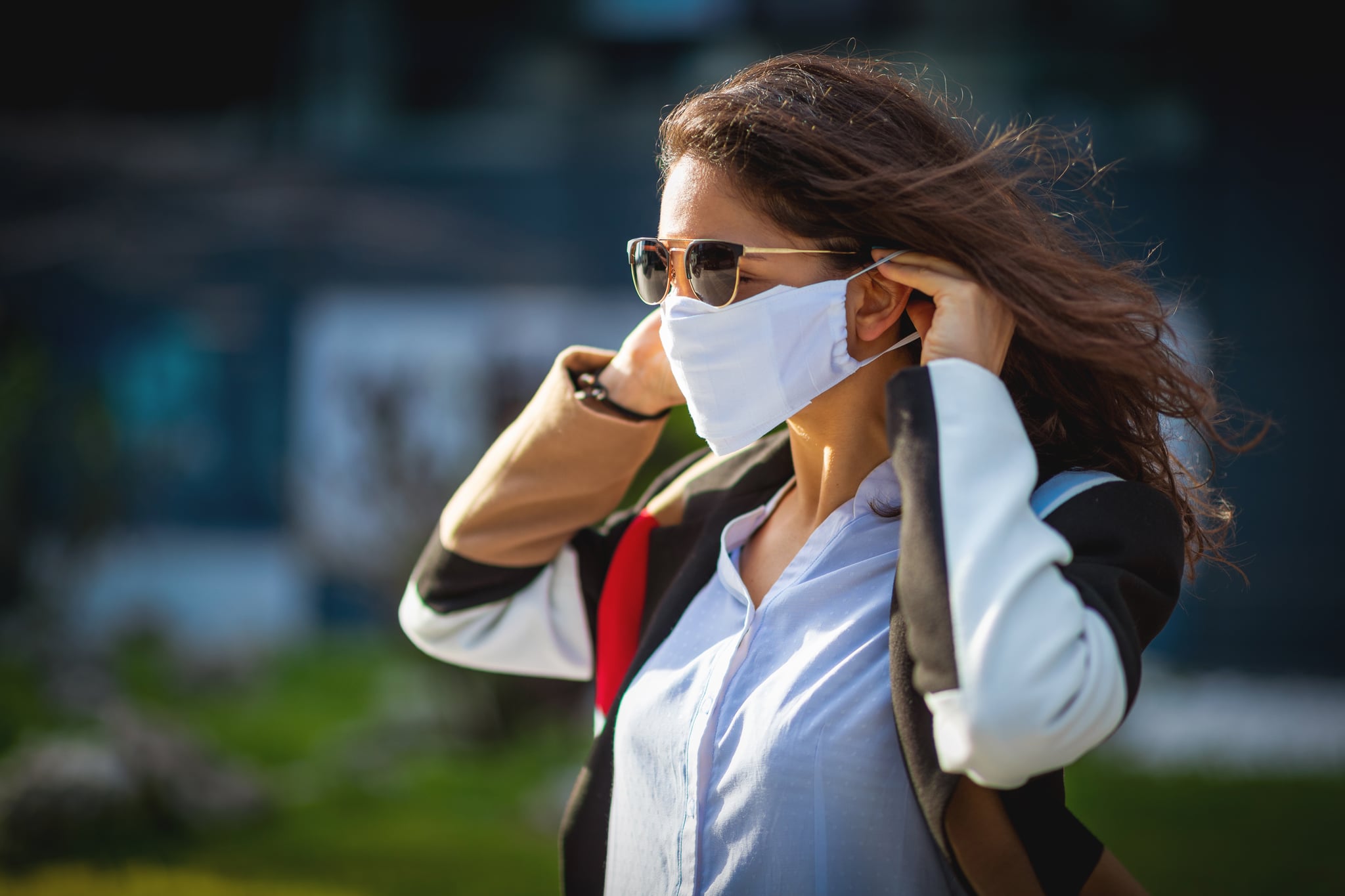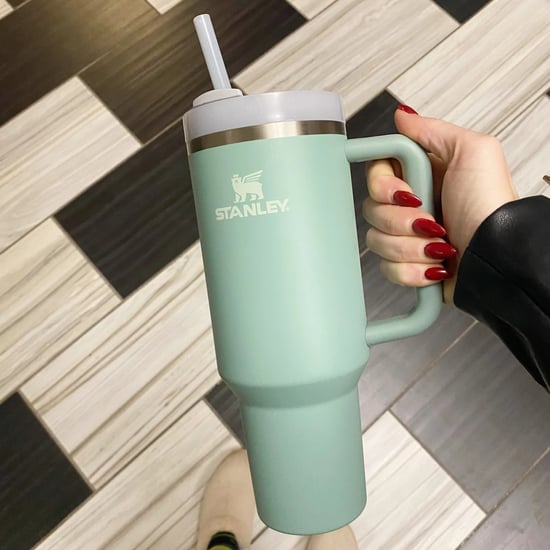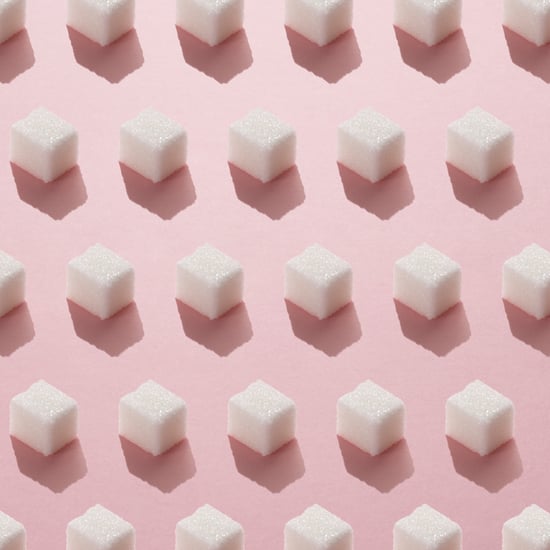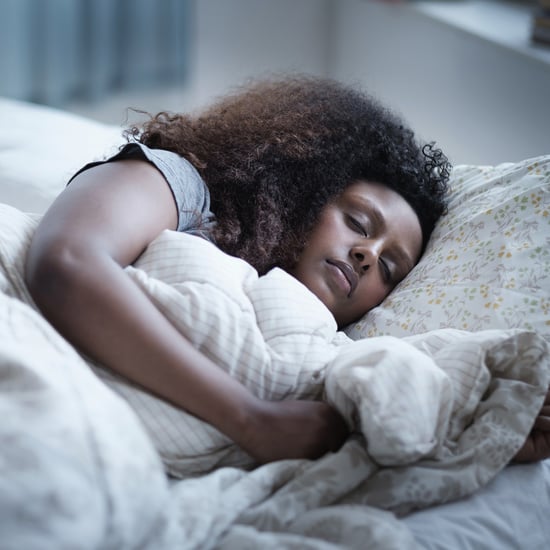How Effective Different Face Masks Are For Coronavirus Study
From Bandanas to DIY Masks, This Is How Effective Your Face Covering Is, a Study Says

As scientists learn more about how the coronavirus spreads, we've gone from the government's recommendation of face masks on public transport to businesses requiring their use in public, all in an effort to slow the pandemic. Bandanas, neck gaiters, homemade cloth face masks, and off-the-shelf cone masks are all acceptable, but no research had yet to look at which form of non-medical-grade mask is the most effective.
A new study in Physics of Fluids has now done just that — and gone one step further, visualising the effectiveness of different masks through a striking set of images (available on the journal's website). To run the experiment, researchers used a mannequin head and a fog machine to emulate coughs and sneezes. They strapped different kinds of face masks onto the mannequin and tested how far and fast the emulated "respiratory jet" of drops and particles could travel.
How Do Droplets Travel in an Uncovered Cough?
First, the researchers wanted to find out what happens during an uncovered, emulated cough. They observed that droplets consistently travelled well beyond the six-foot (just shy of two-metre) line currently recommended for social distancing. Droplets flew an average of eight feet away, but were found to travel up to 12 feet within a 50-second window.
"These observations, in combination with other recent studies, suggest that current social-distancing guidelines may need to be updated," researchers wrote. This is potentially concerning, since the UK government downgraded the official guidelines for appropriate distancing, from two-metres, to "one-plus-metres" in May. Researchers did note that a "large majority" of droplets will fall to the ground before reaching the 12-foot mark, and that "both the number and concentration of the droplets will decrease with increasing distance." Air flow also had a major impact on dispersal patterns, demonstrating how important proper indoor ventilation will be as the pandemic continues into the summer.
What Type of Face Mask Is Most Effective?
Researchers then repeated the experiment using four different types of face masks, all non-medical-grade masks that are available to the general public. These were the results, listed from most effective to least effective:
- Stitched double-layered cotton mask: The emulated respiratory jet travelled 2.5 inches on average.
- Store-bought cone-style mask: 8 inches
- Folded cotton handkerchief (aka a no-sew mask): 1 foot, 3 inches
- Bandana: 3 feet, 7 inches
- No covering: 8 feet
From their experiments, the researchers concluded that loosely-folded handkerchief masks and bandana-style coverings "provide minimal stopping-capability for the smallest aerosolised respiratory droplets." Droplets leaked through the mask material as well as out the sides, though both were still substantially more effective than no covering at all.
Cone-style masks and layered, well-fitted homemade masks were the most effective. "These masks were able to curtail the speed and range of the respiratory jets significantly, albeit with some leakage through the mask material and from small gaps along the edges," researchers observed.
None of the masks were perfect, and the study pointed out that using masks over a long period of time may lead to saturation and a potential decrease in effectiveness. Still, their conclusion was clear: even the least-effective covering (a bandana) had a major impact, cutting down droplet dispersal by an average of four-and-a-half feet. And despite the varying amounts of leakage, non-medical masks are effective in stopping larger droplets, which "constitute a large fraction of the total volume of the ejected respiratory fluid."
The takeaways: wear a mask, any mask (here's a variety you can buy online); make it a well-fitted one if you can; and keep social distancing.






